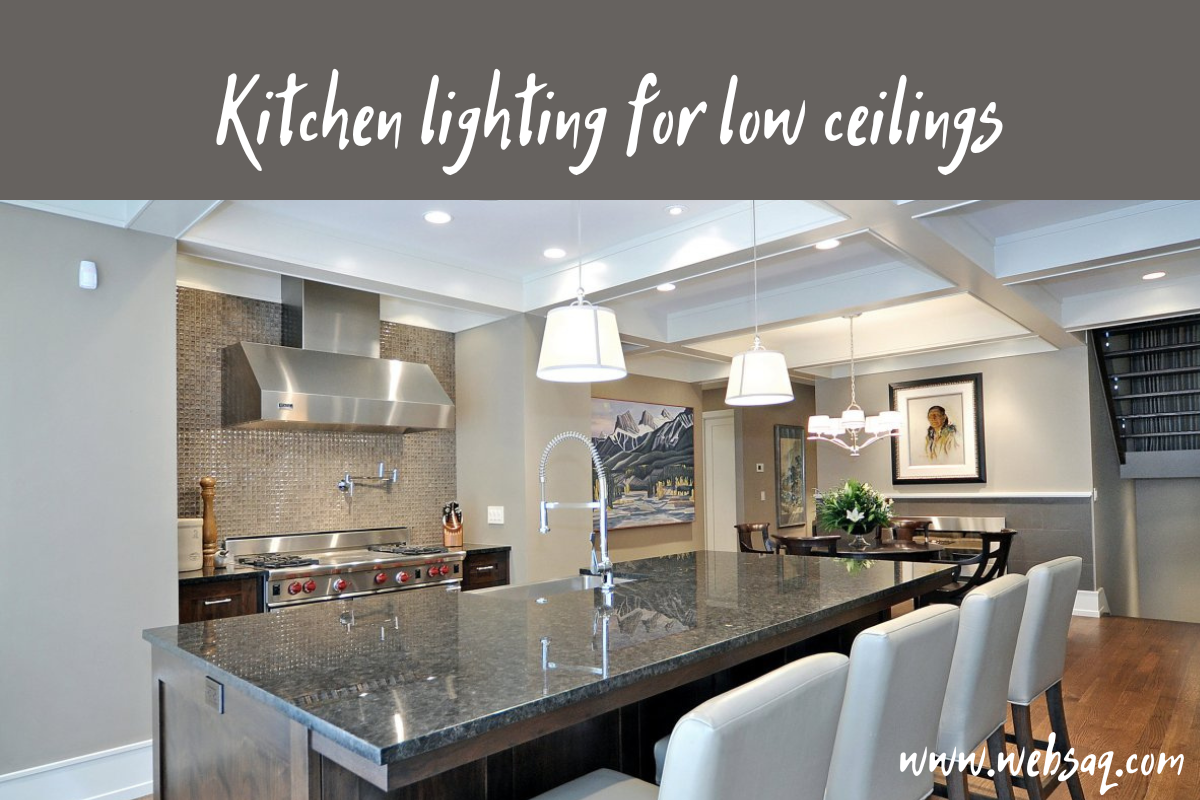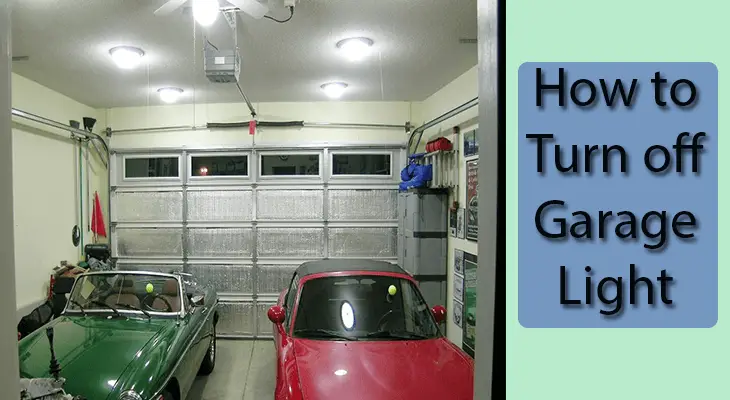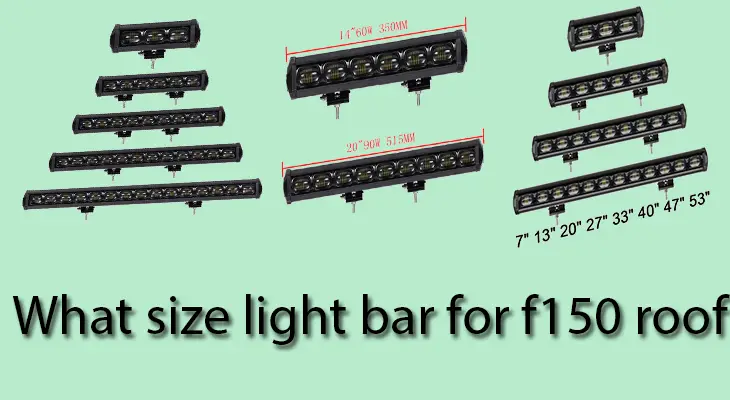LED and metal halide systems are some of the popular ones when it comes to lighting. But how do these two compare? Here’s a closer look at the similarities and differences shared.
Metal Halide Lighting Systems
A metal halide lamp is a High-Intensity discharge system that was invented in the 1960s. The lighting system is used for general indoor and outdoor lighting purposes, automobile lighting and stage and photographic lighting.
They are also popular for growing indoor plants. Metal halides generate light when an electric current passes a combination of metal halide gas and mercury which requires-filaments, which is unlike LEDs. LEDs don’t use filaments.
Metal halide lighting systems are slowly being replaced by LED lighting systems. They were a preferred lighting system since they had high levels of illumination and also because of their ability to provide colored lights.

LEDs Lighting Systems
LEDs (Light Emitting Diodes) is a lighting system in which light flows using two electrodes, an anode, and a cathode. LED is deemed to be an energy-efficient lighting system. LEDS were invented much earlier than when they began being implemented because they had many setbacks.
It is in the 1970s that they started replacing metal halides. Therefore, it has taken long for LED halide to take over commercial and residential lighting systems.
However, there have been many advancements in LED technology in the recent past which is making it a preferred lighting system.
LEDs have high implementation costs which are still a hindrance and prevents them from being a perfect replacement for metal halide lighting systems.
LED vs Metal Halide
Here’s a discussion on some of the similarities and differences shared by these two types of lamps. Of course, the two also share some similarities as well.
The Light Quality of LED lamps is higher
Light quality is measured using a light meter in lumens. If on the other hand, they use all light sources, the reading is in foot candles (not lumens). Metal halide lamps produce visible and invisible lights while LED modern lamps produce only visible light.
Invisible lights include infrared and ultraviolet lights. Worth noting is that human beings don’t need invisible light. Also, the light produced by LED lights is of better quality because the lights have a better coloring index than metal halides.
LEDs are More Energy Efficient
LED lamps are more energy efficient and have long lifespans. LED lights do not require warm up or cool down time. They produce steady light without flickering and have high-quality light and minimal maintenance costs.
Unfortunately, metal halides require a long warm-up period in order to reach full operating temperature, requiring metal halides to be operated for longer periods than LEDs which affects their lifespan.
LEDs Produce Directional Light
LED simit 180 degrees light, which is suitable as directional lighting, which doesn’t require re-direction and reflection. It is because the light is directed at the source making the technology more efficient.
Metal halides are omnidirectional. They produce 360 degrees light. It results in light spillage and less efficiency. They also waste energy when they produce infrared and UV light.
Metal Halides have to rely on fixtures to direct the light it produces at the target source. The process also results in loss of usable light and it is inefficient. Therefore, metal halides are cheap to install but expensive in the long run because they have higher replacement and maintenance costs.
Lumen Depreciation For LEDs is Lower
Lumen depreciation leads to loss of initial brightness. LEDS lumen depreciation is much lower for LEDS than that of metal halides. Which means that It takes longer for LEDs to lose its lumen brightness than metal halides.
Spreading Light
LED uses LED chips in spreading light while metal halide uses reflectors. LEDs have a better way of spreading light without white spots than metal halides. Metal halides light spreading leads to white spots.
The UV light from Metal Halides is Harmful
Metal halides produce UV light which is not needed because the light is invisible by human beings. Unfortunately UV light is harmful to human beings, animals and the atmosphere. They also emit so much heat which compromises the light being illuminated, because more heat than light is produced.
Another thing, when metal halides break they require to be handled carefully because they contain hazardous materials like mercury.
LED have a Longer Life Expectancy than Metal Halides
LED modern lamps have a longer lifespan than metal halide lamps. Although the life expectancy ranges depending on various other factors including the size of the lamp and its quality.
Large metal halides have approximately 15,000 hours while the life expectancy of regular metal halides is 20,000 hours. If you compare with LED halide lighting systems, a good brand has a life expectancy of 100,000 hours, which is five times that of a metal halide lamp.
LED Saves Energy and Money
There is more energy savings in using LED lamps than metal halide. Metal halides consume more watts than LED halides. Also, their consumption remains the same as they get old and lose lumens.
This is in contrast to LED halides. LED lamps consume less energy as they get old and lose lumens. This makes it possible for lower-wattage LED halide lamps to replace higher-wattage metal halide lamps.
Therefore, LEDs require a much smaller watt size than metal halide lamps. For example, if a metal halide lamp was using a 300W lamp, it can be replaced with a 100 W LED W lamp.
Therefore having metal halide lamps will mean replacing bulbs more often than having LED lamps.
Also read: Top 7 Best Portable LED Stage Lights in Reviews and 10 Best Black Light Bulb in Review
How to Switch to LED Halides
However, the initial cost of installing LEDs is higher than using traditional or metal halide fixtures. The good thing is that the cost is recoverable because of the reasons stated above.
Please note that if you have a metal halide system, switching to LED technology involves doing new installations or using retrofits. We advise you to consider doing retrofit units than new installations because new installations will be more expensive to install and also take time to install.
Final Remarks
LED lighting technology is becoming the preferred lighting system by facility managers, commercial property owners, and contractors. Utility companies prefer their customers using LED technology than metal halide.
Actually, some utility companies go out of their way to give rebates to customers who switch to LED technology from metal halide. It is in order to lower electricity power demands.

Here, I provide valuable insights into the lighting industry, drawing from 12 years of experience. My aim is to share useful and practical tips, life hacks, and comprehensive product reviews. I hope that collective expertise, advice, and recommendations prove beneficial to you.




